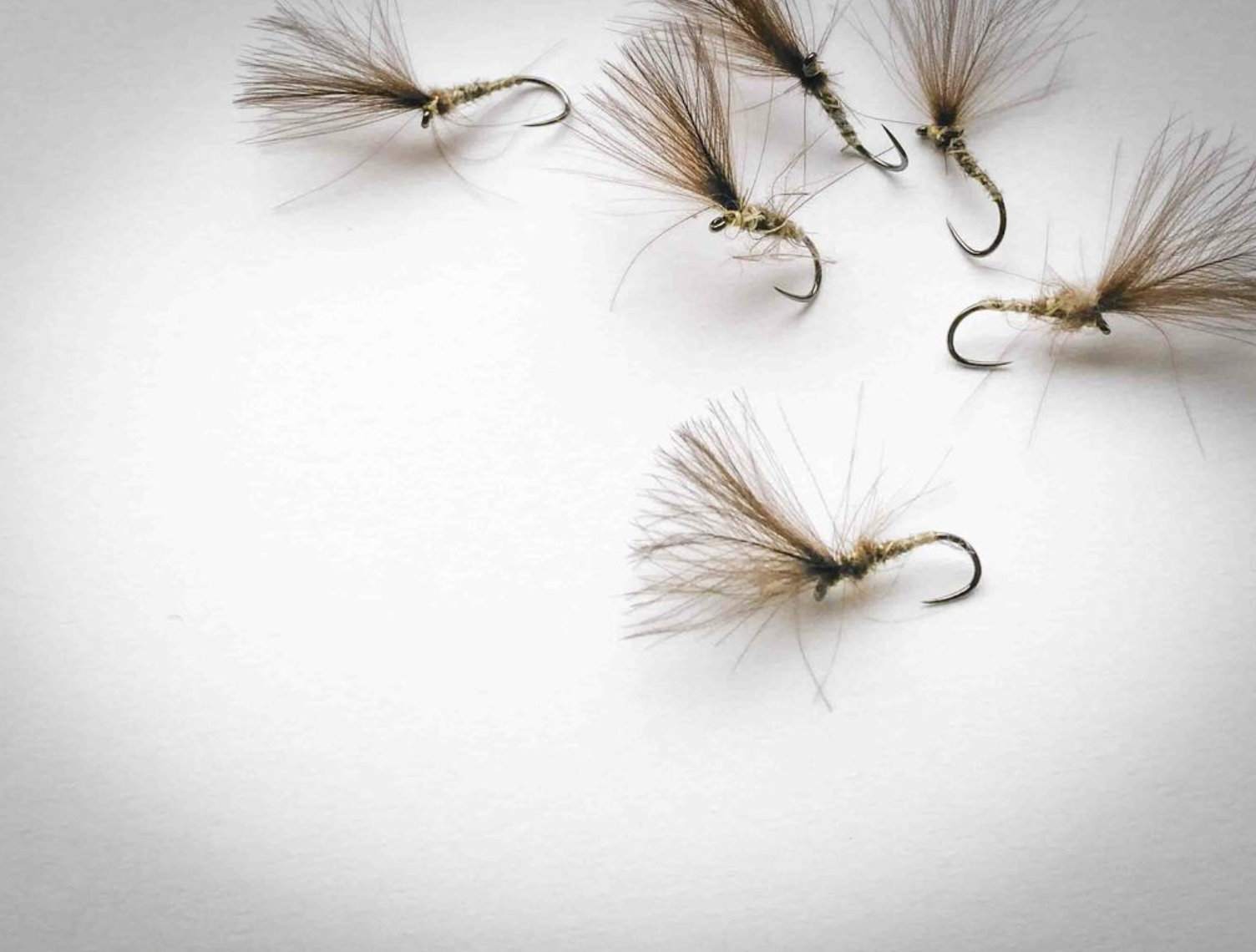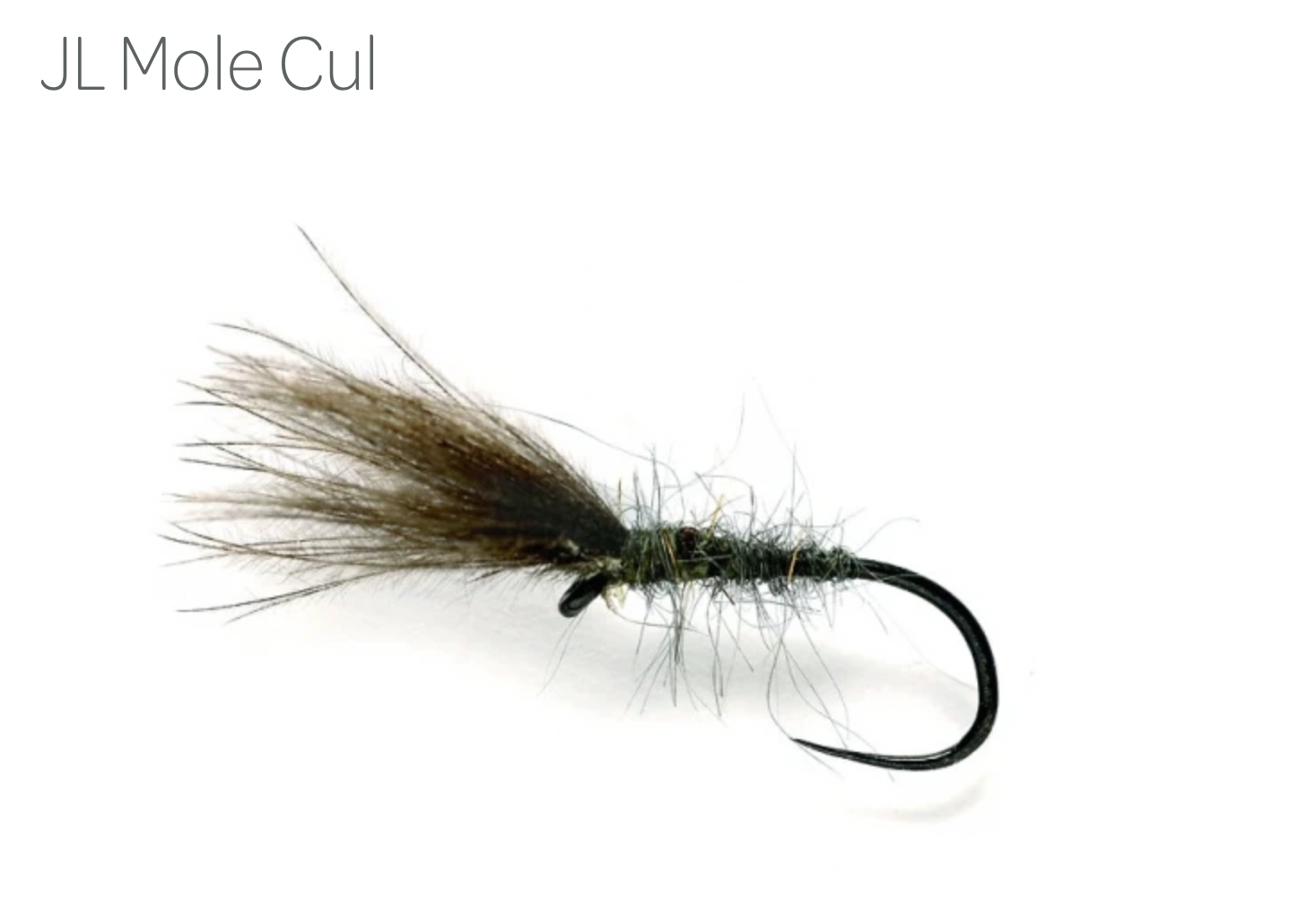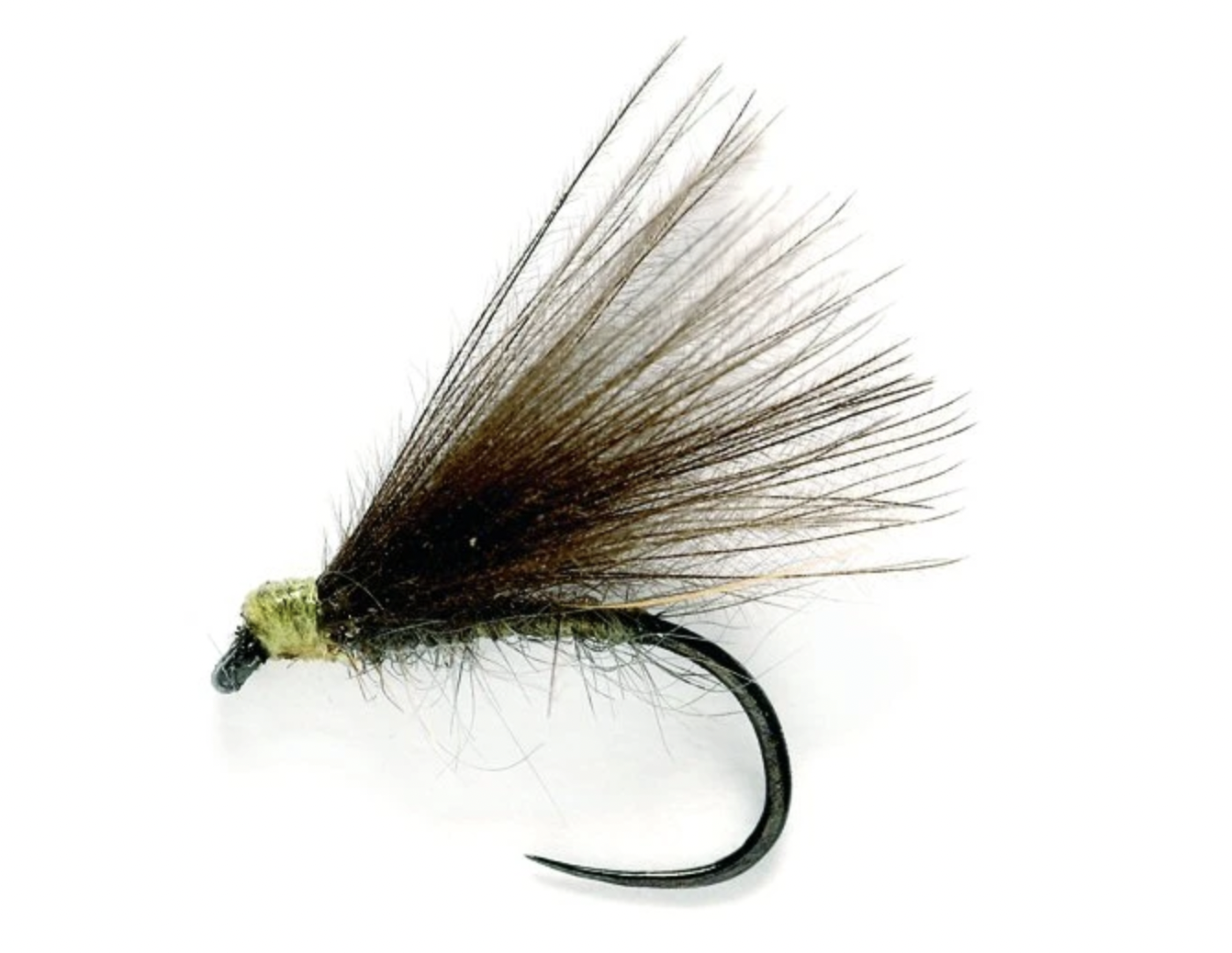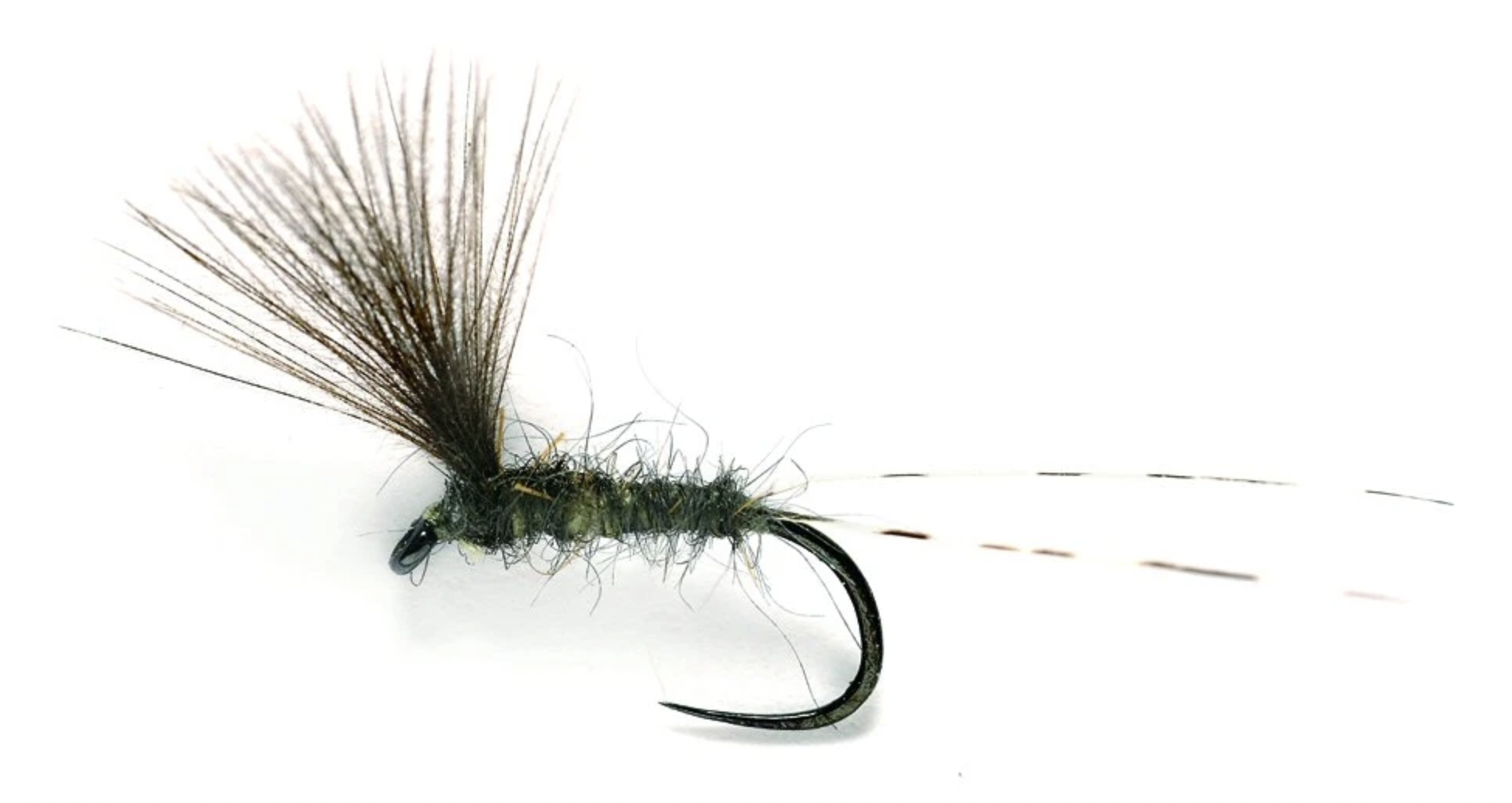
Jeremy Lucas
My approach with dry fly - Jeremy Lucas
Dry fly is without any doubt my go to method; the only method actually in which I have supreme confidence. My approach has evolved, as has everyone’s with any method.
My ideal rod on the river is a modern 10’ two weight, such as the (now obsolete) Streamflex #2 or Sunray Volition (now replaced with the Microlite SS). There are others, and I have used most of them, but these are what I prefer. I also love the Sunray Zero, which is a cross between a tenkara rod and a Western style, with zero line weighting (on which we use #0 or #1 lines - see below). In a more confined space or smaller streams, such as the French chalk streams, or the River Teise in Kent, I use a shorter rod and also increase the line weighting to a #3 or #4; more appropriate at short range.
On stillwaters of all sizes, I occasionally use a 9’ 6” Streamflex #6, or various 10’ #6, though increasingly I use only a 9’ #3/4, which is actually a Hardy prototype which never went into production. On small stillwaters, I often use the same rod that I use on the river.
It is my feeling that the majority of fly fishers use rods that are much too powerful, which makes fishing with small flies and fine tippets completely irresponsible, because of the inevitability of line breakage. It is a fly fishing myth that large salmonids require powerful rods.
For the last four years I exclusively use Sunray lines. They have completely revolutionised fly line technology, which was stagnant before Sunray’s arrival. They are consistently finer, with geometries and finishes that make them ideal for all areas of fly fishing. I usually use either a #1 or #2 JL presentation line. I occasionally dress the line tips with Lineslik - also from Sunray. On stillwater, I tend to use the # 3 or #4 line, on the rod mentioned above.
I use a loop in the tip of the line, and loop to loop attach level tippet, for all my dry fly fishing, river or lake. I do not use tapered or furled leaders anymore. On the new generation of fine fly lines, such leaders are obsolete. Level tippet is ideal. Typically, on the river this will be 0.14mm - 0.10 mm. On stillwaters it is nearly always 0.14mm, though occasionally I step up to 0.16mm or 0.17mm. I use Stroft GTM by default, and have done so for twenty years, though I dabble with various other copolymers and fluorocarbons. Always returning to Stroft with complete confidence.
My tippet length on the river is typically around 7’ or 8’. I occasionally fish duo (dry/nymph combination) and then the tippet (leader) length is slightly longer, up to rod length. On stillwaters, I often use two flies, with overall leader length of up to 14’, with a separation between dropper and point of 5’ - 6’.
Other essential kit - there is very little; I have to travel light. I hate clutter and love minimalism. I wear prescription glasses, and have a pair with polarising lenses. I take a spool of appropriate Stroft with me, again by default this will be 0.12mm on the river, or 0.14mm on the lake. I wear what most would call a lanyard, though my friends call it a ‘necklace’; a strip of leather on which a three items are fastened - a small pair of scissors with plier tips (for deep hook removal), an amadou leather folio and a pair of line snips. These, and Lineslik (or Gink), I use all the time. Other than the above, I carry just one small box of flies and my iphone (for access to a good quality waterproof camera). I rarely carry a bag as all the above fit on the lanyard or in pockets of my waders. For longer sessions, when I might need food/drink/spare ree/lightweight waterproof etc, I use a small Brady bag or lightweight Lowe Alpine day sac.
Flies - On rivers, the plume tip does almost everything for me, and has done so increasingly for many years. It is the CDC heron herl version, in 21, 19 and occasionally 17 (Tiemco 103BL); or the rather improved alternatives to this design from, for example, Polish Quills or Maruto, in 20, 18 and 16. I use two variants other than the basic upright version - Firstly, the F-fly or caddis style, in a 18 or 16, with the two or three plume tips are tied flat over the back, and the heron herl is replaced by dubbed hare (or possum) fur. On very lively upland streams, where visibility and floating longevity are issues, I toughen the wing with deer or elk hair. Secondly, there is the black gnat version, also F-fly style, with the plume tips dressed short over the back of a dubbed black wool body, on a 20 or 18 (16 for hawthorns). The only other ‘must-have’ pattern for me is the Oppo (orange polypropylene winged pardun!) which has been such an outstanding ‘puller’ of fish and perfect for duo technique; always tied on a 16. Flotant, in the form of Lineslik or Gink, is applied to the wing and hackle of this fly. Note : Flotant should never be applied to the plume tip, or any other CdC fly.
On stillwaters, I use all the above, but add to this various Hopper style patterns, mostly varying only in the body colour which I sometimes match to the colour of the prevalent surface bound flies on whatever venue I am fishing.
Technique - This is the big one, right? Actually, no. All fly fishing is simple, and understanding of this is the big trick. Dry fly is the simplest of all. Slow everything down and learn to observe. I’m writing a whole book on this! You put in the hours on river and/or lake, and finally you realise just how simple it is, at its best. Observe, adjust according to what nature tells you and the feedback comes. Sure, you pay attention to details, thousands of them, and each one makes a little difference, but the most important ones are as above. You don’t need an instructor; you need time on the water. An instructor might help you to cast a bit better, but little else. Put the time in and it all comes. It doesn’t even have to be trout, or grayling. Dace are fantastic, as are roach and chub - all of which are generally more challenging to catch than are trout. I love that it is invariant. I am as happy with my approach on the French chalk as in the Massif Central, on the historic British rivers, the rivers of Eastern Europe, and the wonderful lakes in the Tasmanian central plateau...




